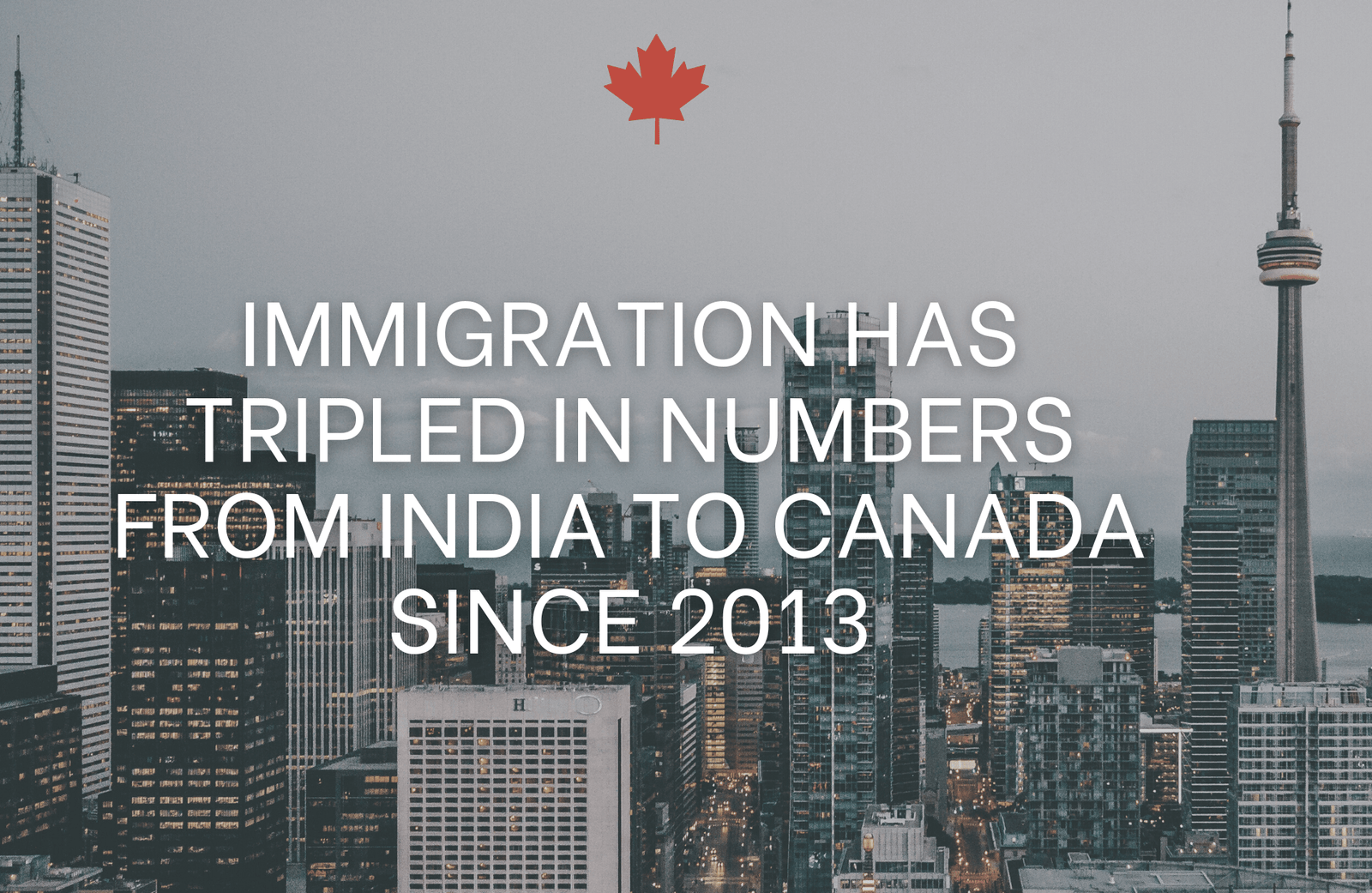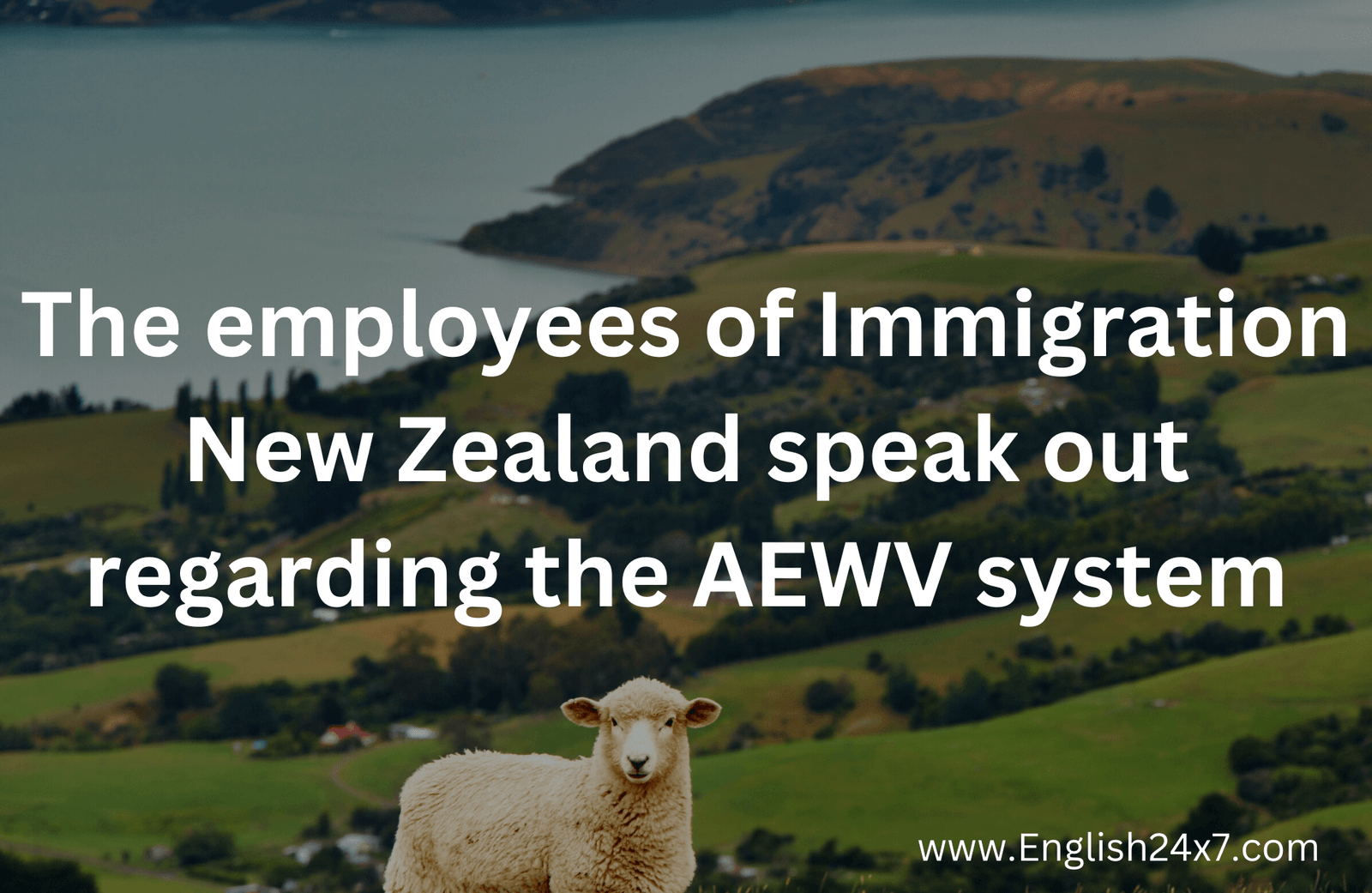
Immigration has tripled in numbers from India to Canada since 2013
Since 2013, the number of Indian immigrants entering Canada has more than tripled. The magnitude of the increase is more consistent with a refugee crisis than with a steady growth in international students and employment-based immigrants.
The statistics indicate that stringent immigration rules in the United States, notably under the Trump administration, have significantly influenced the decision of Indians to immigrate to Canada.
According to a National Foundation for American Policy (NFAP) examination of Immigration, Refugees and Citizenship Canada data, the number of Indians who became permanent residents in Canada increased from 32,828 in 2013 to 118,095 in 2022, a rise of 260%. China (31,815), Afghanistan (23,735), Nigeria (22,735), and the Philippines (22,735) were the following four largest source nations for permanent residents in Canada in 2022. (22,070). In 2014, there were more Filipino immigrants than Indian immigrants in Canada.
Indian immigration to Canada remained between 27,000 and 36,000 between 2004 and 2012. Then, between 2013 and 2014, the number of Indian immigrants to Canada climbed from 32,828 to 38,364 and remained stable in 2015 (39,340) and 2016 (39,340). (39,710).
In 2017, the number of Indian immigrants to Canada rose to 51,590, to 69,985 in 2018, and to 85,590 in 2019. In 2020, the number fell to 42,870 due to processing and travel problems caused by the Covivirus-19 outbreak.
The number of Indians acquiring permanent residency climbed to 127,940 in 2021 and stabilised at 118,010 in 2022 as processing problems were resolved and Canadian immigration authorities gave greater weight to Canadian job experience.
The considerable increase in the number of Indians emigrating to Canada coincided with Donald Trump's victory and his opposition to immigration, including highly educated professionals, and the Canadian government's measures to attract and retain foreign-born talent.
Canada launched the Express Entry program in January 2015 to expedite immigration, particularly for high-skilled professionals with Canadian experience as overseas students or temporary workers. Canada launched the Global Skills Strategy in June 2017.
According to a government website, "The Canadian government announced a new program to stimulate international investment in Canada, incentive corporations to open offices in Canada, and attract top foreign talent."
Canada's usual processing time for most high-skilled temporary visas is two weeks, unheard of in the U.S. immigration system without paying an additional $1,500 premium processing cost.
In Canada, there is no annual limit on high-skilled temporary visas, unlike the United States, where the vast majority of new H-1B petitions do not result in new hires due to low yearly limits.
In 2020, there will be a prohibition on the entry of high-skilled visa holders and employment-based immigrants due to increased H-1B denial rates, delays, and threats of further action.
Attorneys claim that Canada benefited from America's damaging practices. In an earlier interview, Peter Rekai, founder of the Toronto-based immigration law firm Rekai LLP, stated: "Canada is benefiting from a diversion of young Indian tech workers from U.S. destinations, primarily due to the difficulties of obtaining and renewing H-1B visas and finding a reliable path to U.S. permanent residence."
In a subsequent interview, he explained, "The influx of Indians to Canada has much to do with the closing of doors in the United States."
The data support this conclusion. In Canadian colleges and universities, the number of Indian students increased by 182% between 2016 and 2019. During the same period, the number of Indian graduate students in science and engineering at U.S. universities decreased by over 40%.







